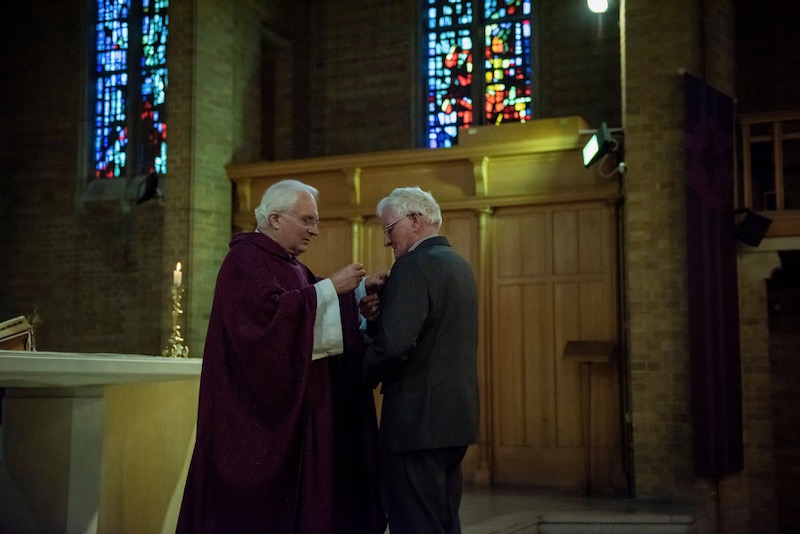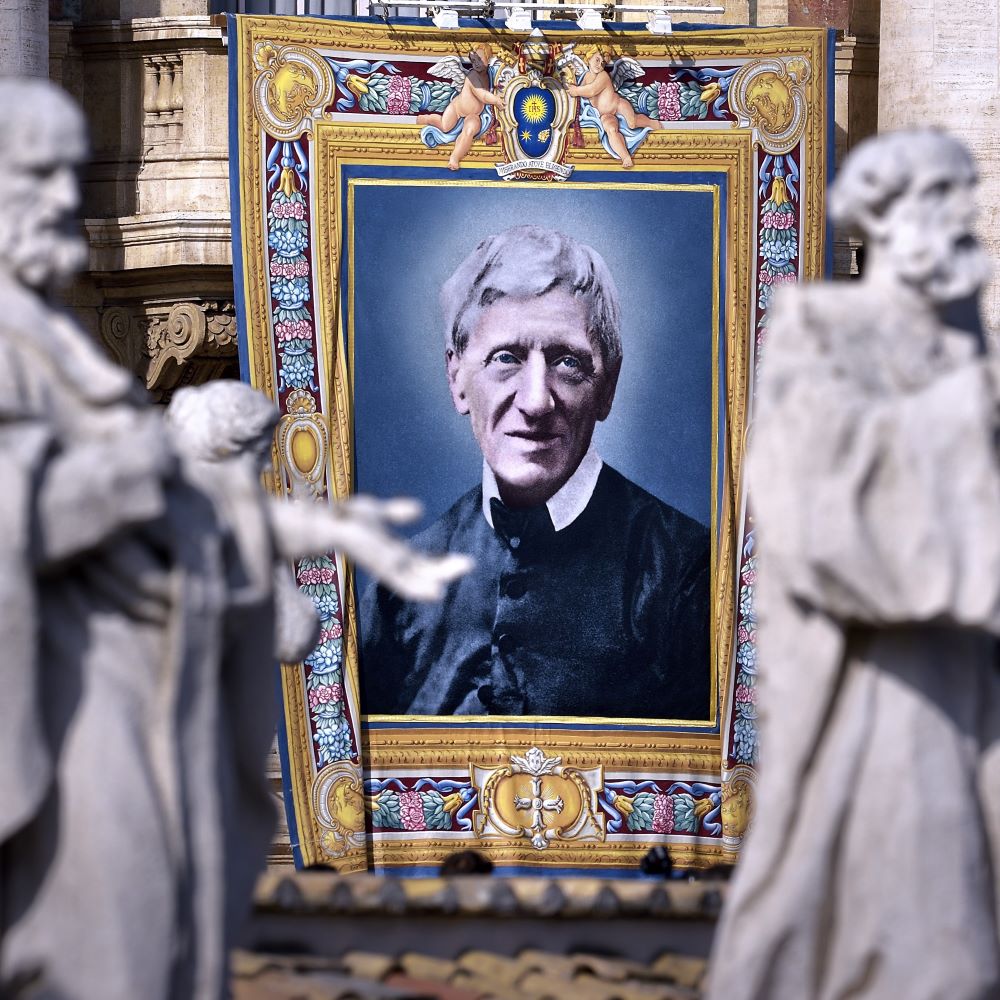In what seems like the blink of an eye, the world has been turned upside down. Many have lost jobs, many are sick, and many have perished in what has been described as the most widespread humanitarian disaster since the Spanish flu (1918–1920). The Coronavirus (Covid-19) pandemic has led to the shuttering of many churches throughout the world and has even left many without the possibility of celebrating Holy Week and Easter in our parish churches.
In these uncertain times I have often found myself turning to the writings of John Henry Newman: to comfort me, and to help me process some of the spiritual challenges brought on by the pandemic. Newman himself was no stranger to illness and adversity. When Newman was a young priest, for example, he became very ill and as a result, almost died, while travelling in Sicily. It was on the boat ride home that Newman penned his famous poem, “The Pillar of the Cloud,” which would become the hymn well-known today as “Lead, Kindly Light.” In this poem we can begin to see how Newman trusts that even in the midst of difficulty, he trusted in the mysterious nature of God’s providence. For example, in the opening lines, Newman asked God to illuminate the path through the uncertain times, even if he didn’t comprehend the full nature of the journey:
Lead, Kindly Light, amid the encircling gloom
Lead Thou me on!
The night is dark, and I am far from home—
Lead Thou me on!
Keep Thou my feet; I do not ask to see
The distant scene—one step enough for me.
Throughout the poem, Newman poetically explained that the journey is sometimes scary, dark, and “garish”, but that the Kindly Light still leads and accompanies one through the pain, fear, and sorrow.
Similarly, on 7 March 1848, roughly three years after his conversion to Catholicism, Newman recorded a meditation describing how he understood his mysterious (and very trusting) relationship with God during the most tumultuous times in life:
"Therefore I will trust Him. Whatever, wherever I am, I can never be thrown away. If I am in sickness, my sickness may serve Him; in perplexity, my perplexity may serve Him; if I am in sorrow, my sorrow may serve Him. My sickness, or perplexity, or sorrow may be necessary causes of some great end, which is quite beyond us. He does nothing in vain; He may prolong my life, He may shorten it; He knows what He is about. He may take away my friends, He may throw me among strangers, He may make me feel desolate, make my spirits sink, hide the future from me—still He knows what He is about" (from 'Meditations and Devotions').
Much like when he asked the Kindly Light to enlighten his path through the murky waters of life, in this passage, Newman understood God to be especially present during our times of weakness, which brings us to Holy Week.
The movement from Lent to Easter in Holy Week is a shift from the darkness of death to a renewed joy in life. Beginning with the Palm Sunday liturgy, we travel with Jesus into Jerusalem. We witness the heartache and hope of the Last Supper and Jesus’s humility in his washing of the disciples’ feet. We witness and participate in the devastating reaction of the crowds before the Roman court chanting “crucify him, crucify him.” We witness the heartache of a mother who watches her son die a gruesome death on an ancient torture device, in which Jesus is nailed to a tree by his hands and feet, while wearing a crown of thorns. We witness the sombre melancholy of Holy Saturday, where it often feels unclear whether we should be preparing for Easter or mourning the loss of an innocent life and source of hope.
We then, however, witness the joy of resurrection, a joy that can only come from God. Beginning with the great Easter Vigil, we bring the Kindly Light back into the Church where we watch it spread from person to person. The darkness begins to wane as the light of Christ is introduced to the unlit candles. We experience the history of salvation in the readings, and then, as the choir and people sing the Gloria, the Church becomes fully lit, and we experience life renewed, the dread of Good Friday gives way to the joy of Easter. We witness our baptism anew in the baptism of the catechumens.
But not this year. . . . This year in self-isolation we experience a bittersweet joy of Easter, while still feeling the dread and fear of a worldwide pandemic. We are encouraged to pray and participate in the joy of Easter from home. While obviously this could never replace our physical participation in the liturgies of Holy Week, Newman offers some hope for a spiritual participation using our imaginations. Newman wrote, for example, that “the purpose of meditation is to realize [the Gospels]; to make the facts which they relate stand out before our minds as objects, such as may be appropriated by a faith as living as the imagination which apprehends them” (from his 'Grammar of Assent').
Newman’s words, at least for Easter during a pandemic, offer hope that God is present in the midst of our suffering. His theology also encourages us to participate in the drama of Holy Week by means of our imaginations this year. Meditate on the Gospels: what is Christ revealing to us in the narrative of his death and resurrection? According to Newman, our imagination allows us to enter into the spiritual life of God, wherever we may be, through our prayer. This Easter, allow the Kindly Light to guide us through the darkness of this pandemic into the joy of Easter.
Elizabeth A. Huddleston, Ph.D., is Coordinator of Research at the National Institute for Newman Studies and Managing Editor of the Newman Studies Journal.



 Loading ...
Loading ...
What do you think?
You can post as a subscriber user ...
User comments (0)